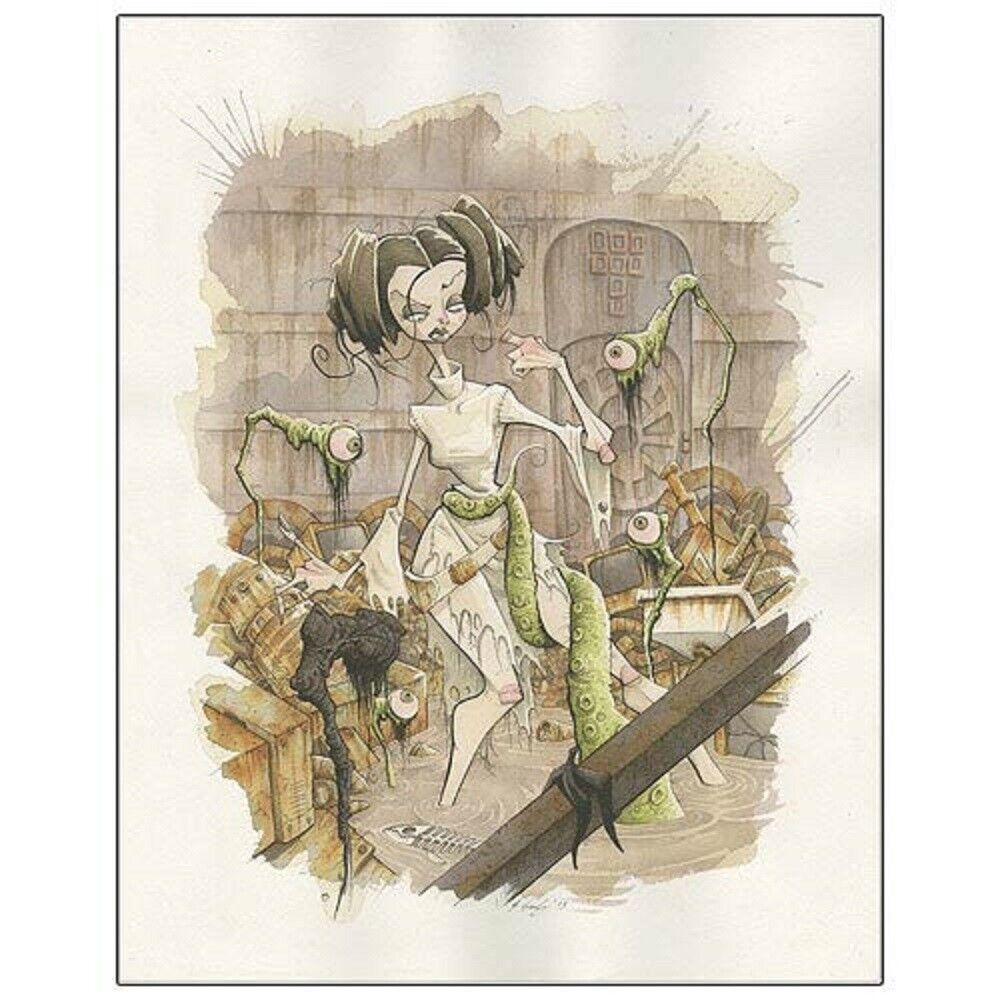-40%
Movie Set Drawing for Death of a Salesman By Art Director Tom H. John 1966 Rare!
$ 739.2
- Description
- Size Guide
Description
Arthur Miller'sDeath of a Salesman
Original
set drawing by Tom H. John signed and dated 3/10/66
TomJohn was the Art Director on the 1966 movie,
Death of a Salesman with Lee Cobb, George Segal, and Gene Wilder
( In his autobiography "Timebends", Arthur Miller said that Lee J. Cobb was his favorite Willy Loman.)
Tom H John also designed Broadway shows he was the art director of Guys and Dolls 1976 - 1977
One of a kind art piece
There's some interesting writing on the back
Where in hell is the glamor?
Bob Mr. Showbiz July 6/67 Who was Mr. Showbiz in 1967?
Wanda or Windy T. ? (Any Guesses?)
Frame measures approx. 14 1/2" x 18 1/4"
A truly wonderful drawing that should be in a museum to celebrate Arthur Miller and early television/theater cross-over work, bringing the theater to television
The frame is original and its old and cracked, but I didn't want to lose the writing on the back by reframing so I'm leaving that decision to the new owner.
Drawing was found/purchased in Palm Springs CA
IMBD Information
This television drama was video taped in Los Angeles, California, at the CBS Television City (studios), located at Beverly Boulevard and Fairfax Avenue. Tom John, an established New York City Television Designer and Art Director was hired to design the production. Tom employed his New York City assistant, Chuck Murawski as his Assistant Art Director, flying Chuck from New York City for the four-week prep period. The television play adaptation was rehearsed in the mezzanine rehearsal rooms adjacent the third floor Art Department. (This rehearsal hall was later used by Carol Burnett for her show's rehearsal, and for her private exercise club meetings during The Carol Burnett Show (1967) weekly schedule.) During the production period, Tom, and another "Hollywood designer friend", Jim Trittipo, who often visited each other during the production schedule, late one midnight, were in the CBS Art Department, an original gauche film production sketch from Gone with the Wind (1939) had graced the walls of the Art Department for years. The pair decided to steal the "burning of Atlanta" sketch, using a mat knife, slicing the illustration down the middle, so that each could have a "souvenir".
Wikipedia Information
Death of a Salesman is a 1966 American made-for-television film adaptation of the play of the same name by Arthur Miller. It was directed by Alex Segal and adapted for television by Miller. It received numerous nominations for awards, and won several of them, including three Primetime Emmy Awards, a Directors Guild of America Award and a Peabody Award. It was nominated in a total of 11 Emmy categories at the 19th Primetime Emmy Awards in 1967. Lee J. Cobb reprised his role as Willy Loman and Mildred Dunnock reprised her role as Linda Loman from the original 1949 stage production. Playbill markets this version of the play as an "abbreviated" one.[1] Although the performance is abridged, it was adapted for television by Miller himself, meaning that not much substance was lost in the changes.[2] The production was filmed after several weeks of rehearsals.[3] It was a 1966 CBS television adaptation,[4] which included Gene Wilder, James Farentino, Bernie Kopell and George Segal. Cobb was nominated for an Emmy Award for the performance. Mildred Dunnock, who had co-starred in both the original stage version and the 1951 film version, again repeated her role as Linda, Willy's devoted wife, and earned an Emmy nomination. In addition to being Emmy-nominated, Cobb and Dunnock were Grammy Award-nominated at the 9th Grammy Awards in 1967 in the category of Best Spoken Word, Documentary or Drama Recording. This movie is one of several adaptations of the play and was contemporaneous with a May 1966 BBC version starring Rod Steiger and produced by Alan Cooke.[5][6] The production marked the acclaimed reunion of the leading actor and actress from the original 1949 Broadway cast.[1][2] The performance also marks a strong dramatic turn for George Segal who is known for his comic work, while a young Gene Wilder presents a comic but sensitive performance as Bernard.[2]
















